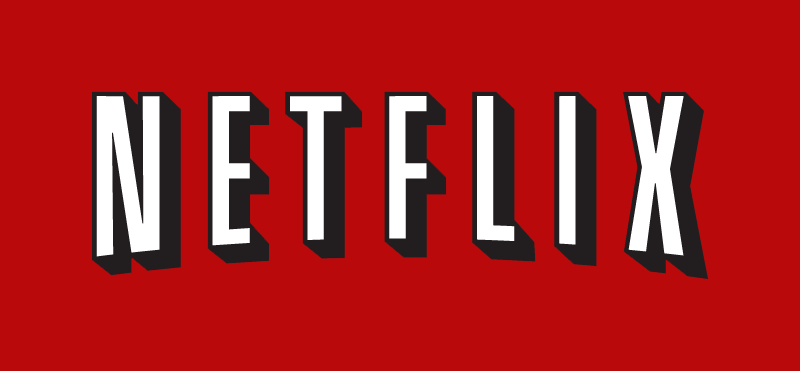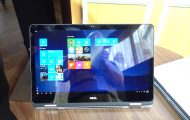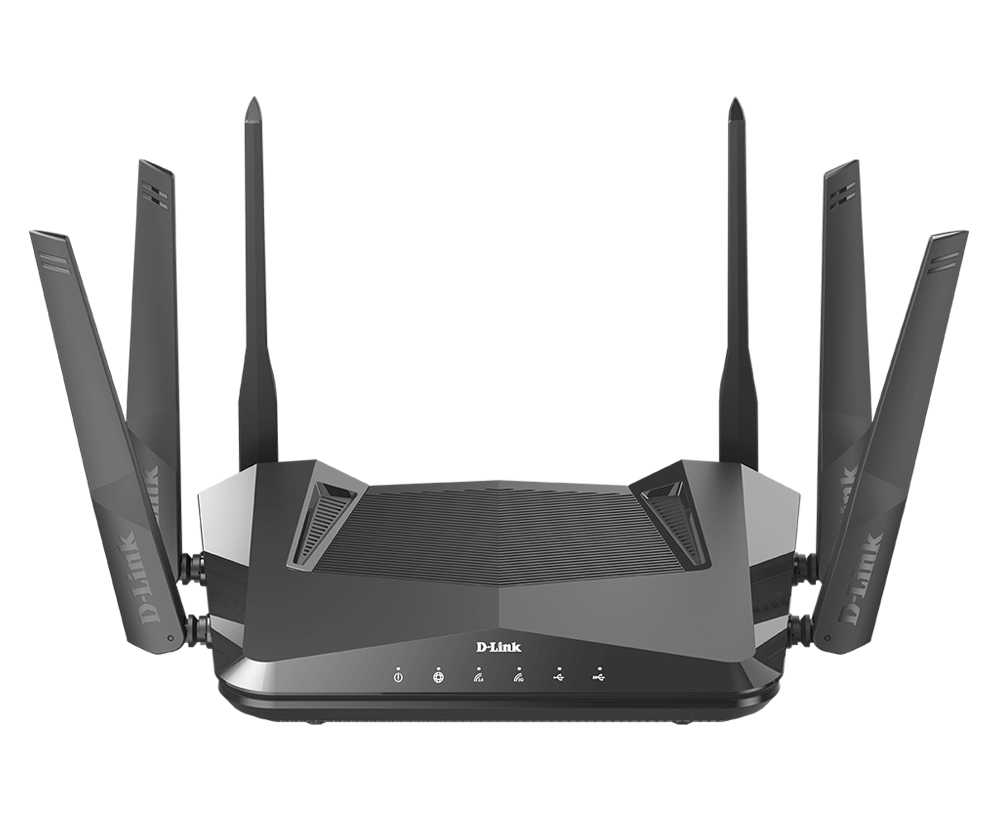Article
Mobile 4K video getting wired to TVs through USB 3.1, MHL | PC World
From the horse’s mouth
MHL Consortium
My Comments
There are now plans afoot to link MHL and USB standards together to allow smartphones, tablets and laptops to show 4K-grade ultra-high-resolution video on the latest TVs using the latest iterations of these standards.
What is MHL
MHL, short for Mobile High-Definition Link, is a specification which provides a way for “open-frame” mobile devices to pass high-definition audio / video content, device power, along with control and data signals via a USB connection. Ideas that are being pushed for this application include viewing AV content held on your smartphone on the big display, or using a projector to show presentations and other video content.
This typically requires the use of a MHL cable which would be connected between the microUSB socket on the smartphone or tablet and a specially-identified HDMI socket on the TV or similar equipment. But you may connect the MHL-capable device to an HDMI-capable display device by using an active MHL adaptor which exposes the HDMI-capable video to the display device.
Here, it is primarily pitched at providing a wired connection for showing video content that you have on your mobile device on the large TV screen but is being used for some “dongle-type” devices that link your home network and online-video services to your TV. It is also being used as a method to share the mobile device’s display to the car’s dashboard courtesy of some “open-frame” automotive-smartphone link specifications.
This technology complements the Miracast specification by being a high-reliability wired specification that uses common connection types and established infrastructure for the same purpose of linking your mobile device to an external display.
The improvements that will come about
One main improvement that this announcement is about is evolving MHL to new expectations and technologies. Here, it is the use of the new small USB Type-C connectors which will be coming to newer smartphones and tablets through the next or subsequent model year.
As well, most of the 4K-capable display devices will work with HDMI 2.0 which is optimised for the ultra-high-resolution video that will be coming about on them. The new specification variant melds MHL in to the newer expectations that will be required for mobile devices in order to work with these displays.
What I see of MHL engaging in this improvement is that they are putting a step forward to integrated open-frame portable computing setups.



